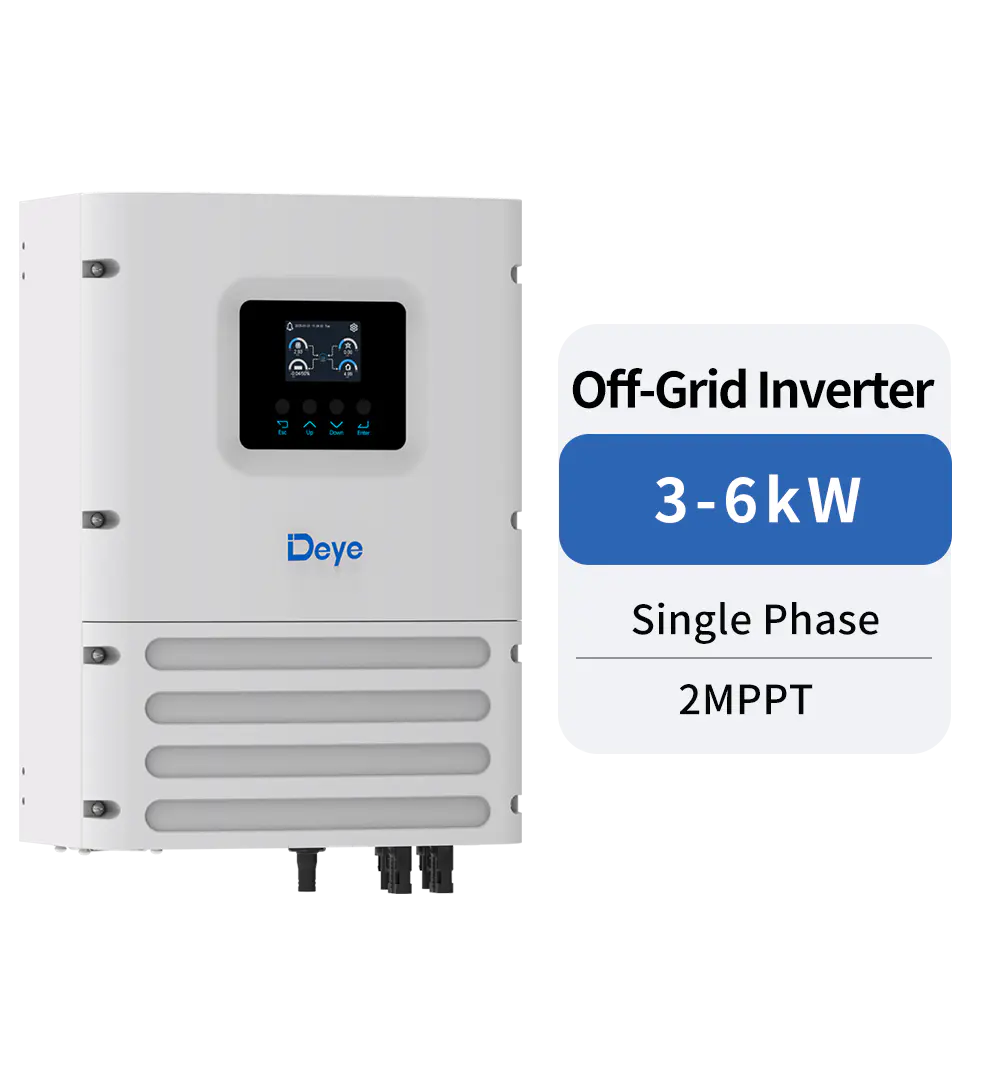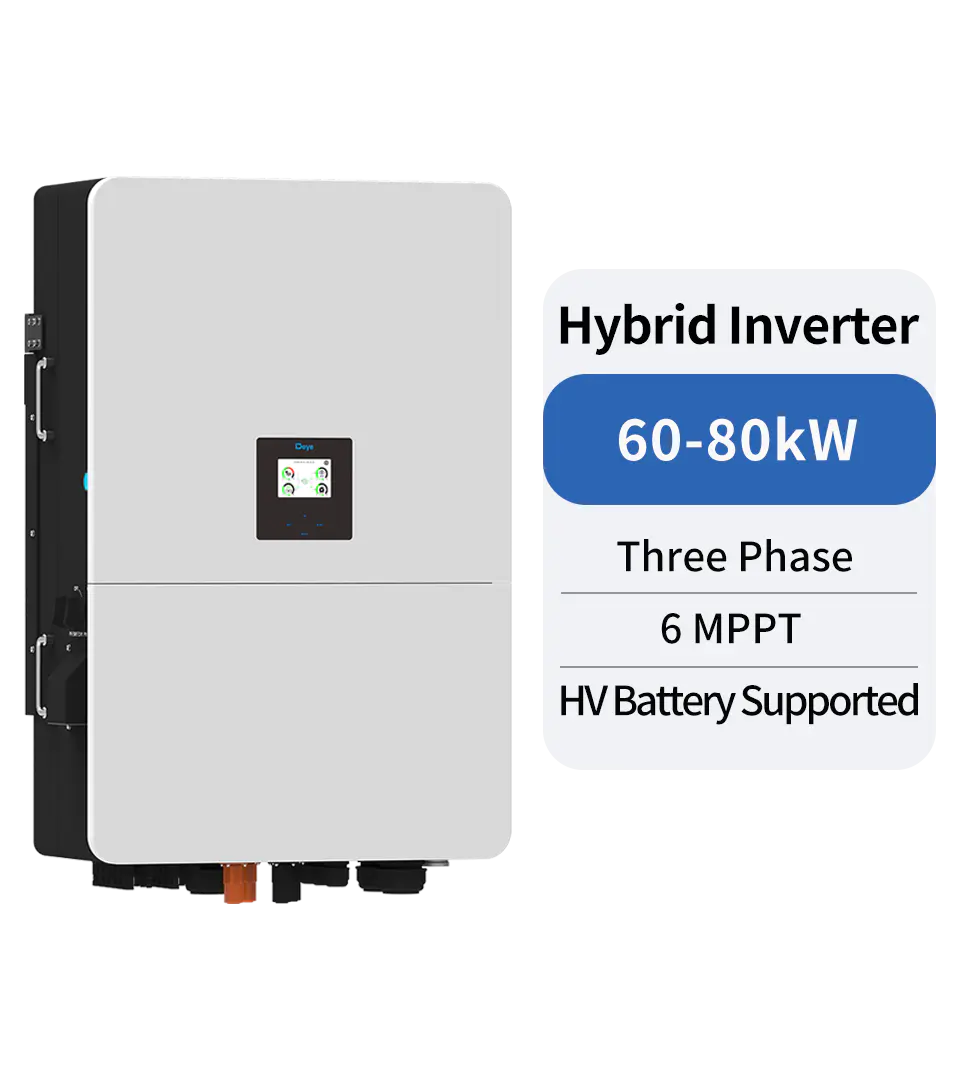Technical Topics
How does a solar inverter use solar energy?
A solar inverter plays a crucial role in the conversion of solar energy into usable electricity. Here's a step-by-step explanation of how a solar inverter Manufacturers utilizes solar energy:
1.Solar Panels Capture Sunlight: Photovoltaic (PV) solar panels, typically made of silicon cells, are installed on rooftops or other suitable locations to capture sunlight.
2.Conversion of Sunlight into DC Electricity: When sunlight hits the solar panels, it excites the electrons in the silicon cells, generating direct current (DC) electricity. Each solar panel produces a certain voltage and current based on its design and the intensity of sunlight.
3.Solar Inverter Converts DC to AC: The DC electricity produced by the solar panels is not suitable for more household and commercial appliances, as they operate on alternating current (AC). The solar inverter's primary function is to convert the DC electricity into AC electricity, which can be used to power electrical devices.
4.Maximum Power Point Tracking (MPPT): Advanced solar inverters employ a technique called Maximum Power Point Tracking (MPPT). MPPT ensures that the solar panels operate at their max. efficiency by continuously adjusting the voltage and current to extract the more power from the panels under varying sunlight conditions.
5.Synchronization with the Grid (Grid-Tied Systems): In grid-tied solar systems, the solar inverter synchronizes the generated AC electricity with the utility grid. It matches the frequency and phase of the grid to ensure seamless integration and safe operation. Excess electricity produced by the solar panels can be fed back into the grid, reducing energy costs and potentially earning credits or incentives through net metering programs.
6.Standalone Operation (Off-Grid Systems): In off-grid solar systems, the solar inverter supplies AC electricity directly to the connected loads or stores it in batteries for later use. The inverter ensures a stable and regulated AC output to power various devices and appliances in locations without access to the utility grid.
7.Monitoring and Data Analysis: Many modern solar inverters come equipped with monitoring systems that allow users to track the performance of their solar PV system. These systems provide real-time data on energy production, system efficiency, and can help identify any issues or faults.
By efficiently converting DC electricity from solar panels into usable AC electricity, solar inverters enable the harnessing and utilization of solar energy for various applications, including powering homes, businesses, and even feeding excess energy back into the grid.


PREV:What are the key considerations in choosing a single phase string inverter?
NEXT:Hybrid Inverter: The Future of Energy Independence and Grid Resilience?
Share
Product recommendations
news recommendations
-

-
 Green Industry, Bright Future: Deye Distributor Summit – Dubai 2025 Concludes Successfully
Green Industry, Bright Future: Deye Distributor Summit – Dubai 2025 Concludes SuccessfullyIn November 2025, Deye Group successfully hosted the “Green Industry, Bright Future—Deye 2025 Dubai ...
-
 Deye’s Malaysia Johor Manufacturing Base Officially Breaks Ground — A Key Step Forward in Its Globalization Strategy
Deye’s Malaysia Johor Manufacturing Base Officially Breaks Ground — A Key Step Forward in Its Globalization StrategyOn October 2, 2024, Deye Group (hereinafter referred to as “the Company”) held a groundbreaking cer...

 China - 简体中文
China - 简体中文 Global - English
Global - English Brazil - Português
Brazil - Português Netherlands - Dutch
Netherlands - Dutch Italy - Italiano
Italy - Italiano Germany - Deutsch
Germany - Deutsch Spain - Español
Spain - Español France - Français
France - Français Vietnam - Tiếng Việt
Vietnam - Tiếng Việt Poland - Polski
Poland - Polski Australia - English
Australia - English


